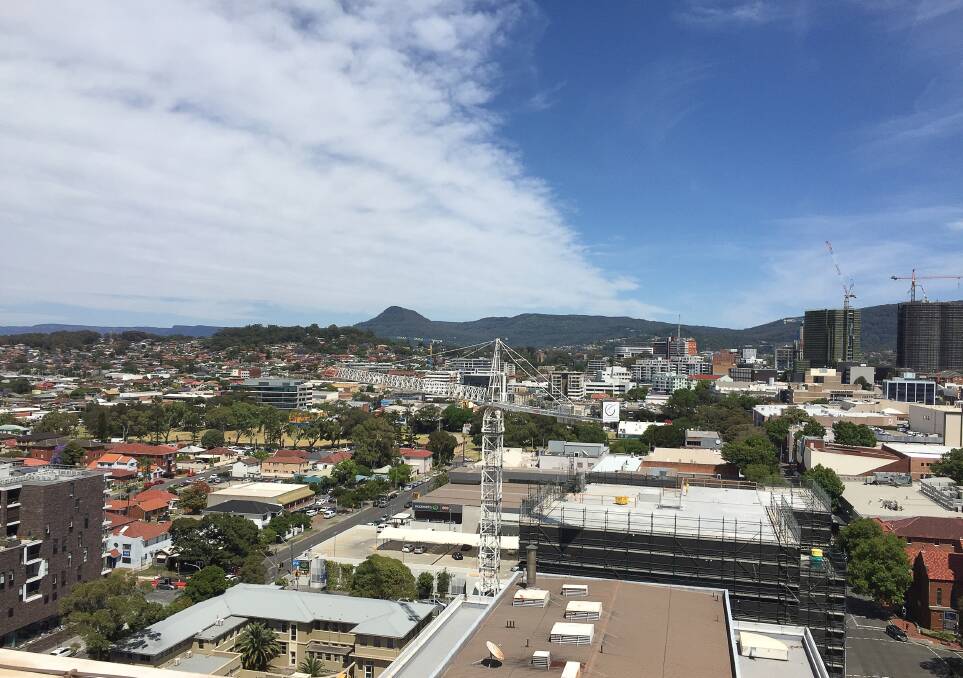
Wollongong is one of three Australia "gateway" cities which, with proper funding, could make a major impact on the country's economy, according to a new report.
Subscribe now for unlimited access.
or signup to continue reading
Launched in Canberra this week, the Australia's Gateway Cities report, highlights the shared importance of the "underestimated" cities of Wollongong, Newcastle and Geelong, and how they are uniquely placed to link regional and metropolitan Australia.
Launching the report, the three towns announced a new gateway city alliance designed to convince the government to stop them "falling between the gaps" when it comes to funding.
Driven by the three councils and the University of Wollongong, the University of Newcastle and Deakin University - the report calls on the government to recognise the cities' "latent economic potential" and their ability to help bridge the divide between Sydney and Melbourne and the regions.
"It is especially critical that governments are willing and able to make the necessary long-term strategic investments in both physical and social infrastructure that would underpin not just regional growth but broader national interests," the report says.
Wollongong's deputy Lord Mayor Tania Brown, who helped author the report through her role at UOW's SMART Infrastructure Facility, said she hoped it would help the cities overcome the long-running debate over whether they were regional or metropolitan.
"We've been bogged down in what's rural or regional, but here we are saying we are actually 'gateway' cities and the government should fund us as such," she said.
"We've now got a clear set of criteria on what makes a gateway city... and we can say to the government "we're here to help" with the problems being faced in Sydney, Melbourne and south-east Queensland when it comes to congestion, key worker housing and migration."
The report compares Wollongong, Newcastle and Geelong to 12 other 'gateway cities', highlighting that they are the only three which tick all the boxes when it comes to population, economic diversity, infrastructure connections, a strong university and medical research presence and connections to the arts and sporting teams.
It highlights their shared ability to demonstrate resilience and adaptability in the face of major industrial change, as well as their attractive coastal environments.
"We are three cities of lengthy industrial heritage that have transitioned and continue to transition as changes in the global marketplace alter the local jobs market," the report says.
"We have capacity to accept more people and expand industry, manufacturing, property development, education and medical science. Our request is for a stable source of transparent funding for ongoing investment."
Cr Brown said the weight of the three cities working together would boost their lobbying power, noting that report had been launched by the federal Minister for Population, Cities and Urban Infrastructure Alan Tudge in Canberra on Monday.
Also in Canberra this week, the chief executive of the Business Council of Australia Jennifer Westacott has urged the Morrison government to select 10 regional cities to power the economy outside of Melbourne and Sydney.
She told the National Press Club that the government should put together a list of cities with airports, universities and industry to be given special status to stimulate economic growth.
"We need to identify the places around Australia that can make the greatest economic contribution to their regions, their states or territories, and the whole country," she said.


